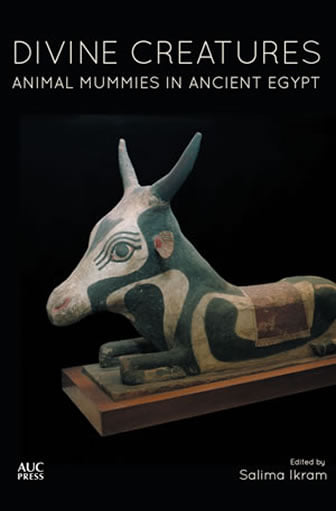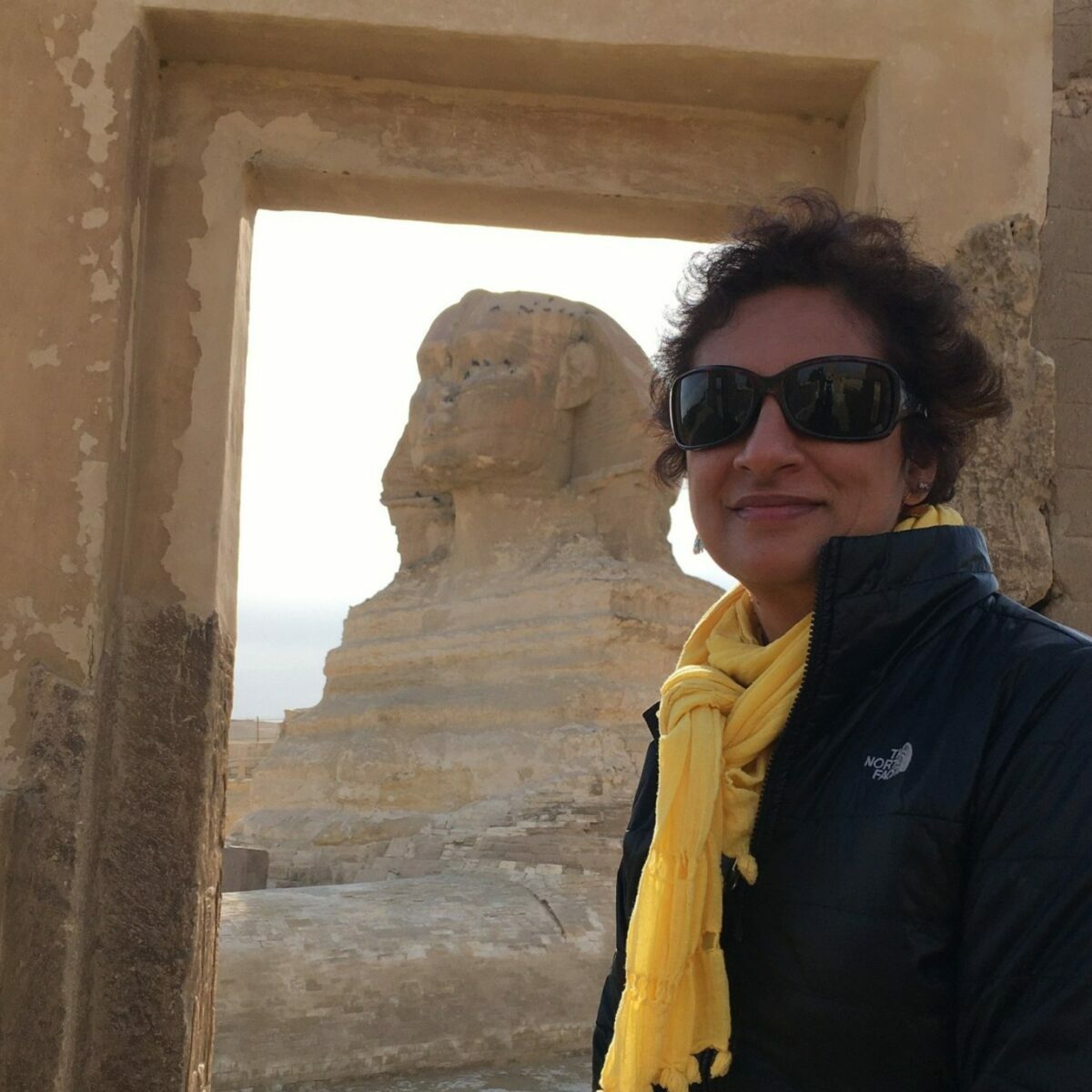In November 2023, cinematic director Ridley Scott’s film Napoleon captured widespread attention. The film’s portrayal of Hollywood actor Joaquin Phoenix as Napoleon leading troops to fire cannons at the pyramids of Giza became a focal point of discussion among historians, Egyptologists, and the general public.

Although Ridley Scott is not a historian, whose primary aim is to offer entertainment rather than an accurate historical account, the depiction sparked controversy. Many viewed it as simplistic, but it nonetheless prompted deeper reflections on Napoleon’s complex and enduring impact on the study of Egypt’s cultural heritage.
“He definitely did not take potshots at them.”—Salima Ikram

In interviews with the CNN and The New York Times, renowned Egyptologist Salima Ikram, who is professor of Egyptology at the American University in Cairo, discusses the topic of Napoleon’s alleged cannon fire at the Pyramids of Giza, She offers valuable insights on subjects ranging from the origin of the Great Sphinx to Napoleon’s real interest in the Pyramids, while challenging the film’s narrative and shedding light on the historical accuracy of the events it portrays.
In her interview with, The New York Times, Ikram points out, “From what we know, Napoleon held the Sphinx and the pyramids in high esteem and used them as a means of urging his troops to greater glory . . . “He definitely did not take potshots at them.”
“There are more site management plans, an increase in museums and an upsurge in media coverage of antiquities, which is geared not only to attract tourists but also to fostering national pride and educating the general Egyptian public as to the significance of their heritage,” adds Ikram.
In her interview with CNN , Ikram also points out that “once the Great Sphinx was carved, nature played a part in its further formation, but it is unlikely that the original form was based on a yardang (which are generally of mud — this is limestone) as there are significant quarry marks and working marks surrounding it.”
“There is too much evidence of human intervention in the construction of the Great Sphinx to make the yardang theory feasible,” says Ikram.


Salima Ikram is the author of Death and Burial in Ancient Egypt (AUC Press, 2015) and the editor of Divine Creatures: Animal Mummies in Ancient Egypt (paperback edition, AUC Press, 2015).
Learn more about Salima Ikram’s books with AUC Press.


